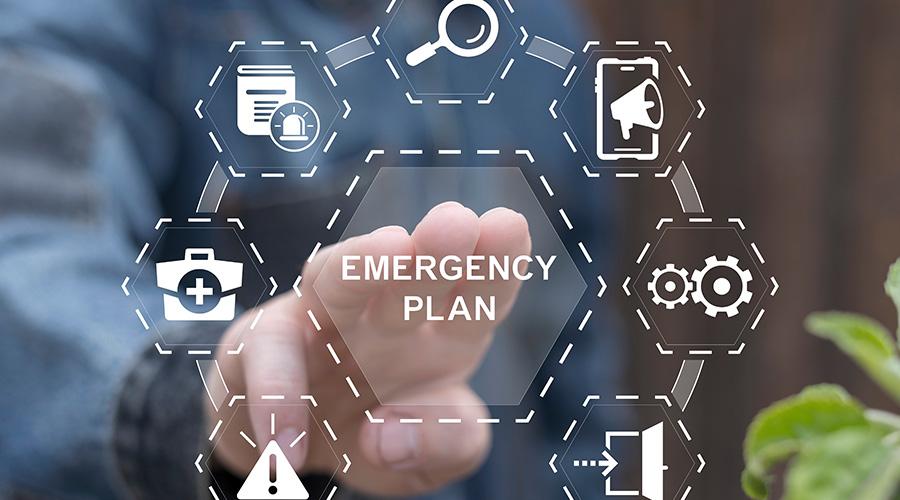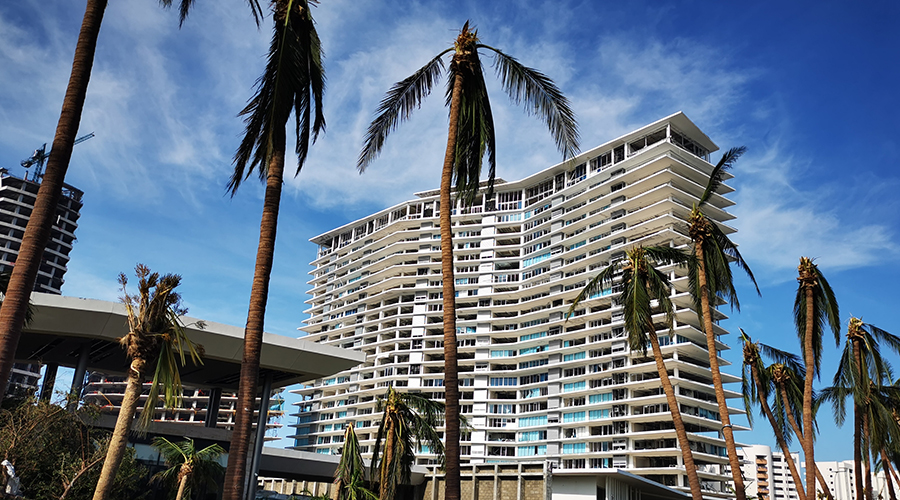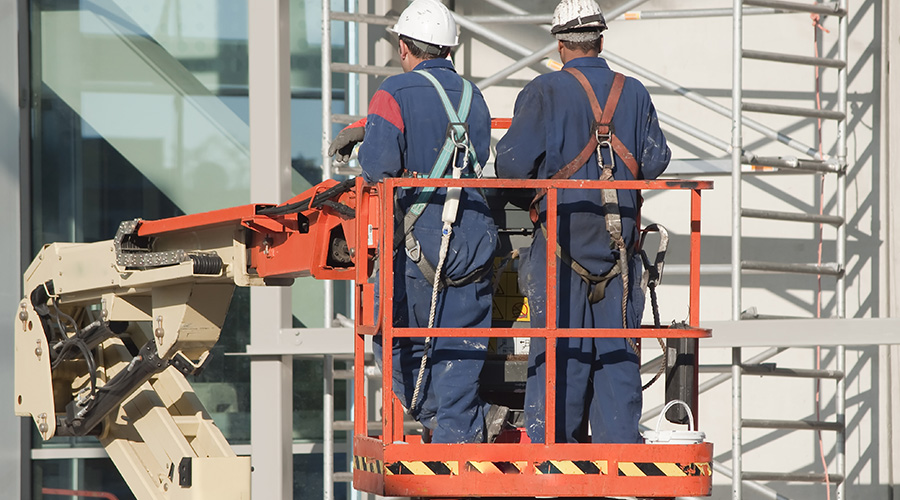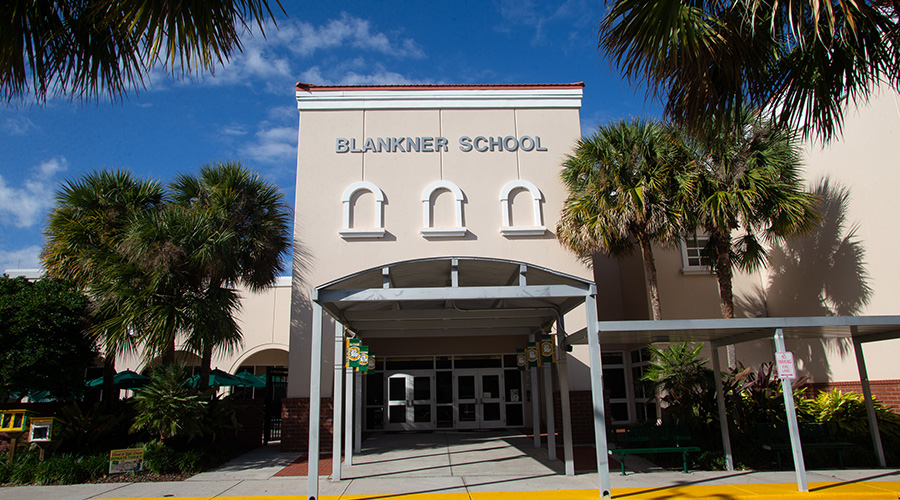Communications Critical in Preparing for Storms
With cell phones and an expanding range of other wireless devices on the market, it can be easy for managers to take communications for granted. Reliable, instantaneous communication is integral to the success of a maintenance and engineering department — especially during a disaster.
During Hurricane Katrina, managers on the main campus of the Ochsner Health System in Jefferson Parish, La., had to revert to older technology to ensure the proper personnel and equipment were in the right place at the right time. Ochsner lost cell-phone service during Katrina, so managers relied on an onsite wireless phone system that had served as the primary avenue of communication before cell phones.
The phone system works well inside the hospital or within one block of the campus, but communication is lost once someone goes outside those areas. After Katrina, Ochsner installed a cell-phone tower on the roof of its main campus. The cell tower is not effective if the phone lines go out, but Ochsner is in a good situation because it is protected by triple redundancy, says Grant Walker, the system’s vice president of supply chain and support services.
The area has three substations, and Ochsner is connected to each one. As long as one substation is functioning, Internet and phone service is available. If all three go out, the cell tower has a modification that allows managers to use the direct-talk function, which is the same as using a walkie-talkie.
“With (Hurricane) Gustav, it was much more seamless,” says Norris Yarbrough, Ochsner’s assistant vice president of emergency preparedness, security and safety. “With that tower being on our roof and being on our emergency power, it stayed up. We were able to continue to use our primary communication source, which were those cell phones.”
During Katrina, one of the main feeds to access the Internet was an overhead line going across the main campus, Yarbrough says. After watching that line sway in Katrina’s winds and threaten Internet access, technicians buried the fiber-optic cables underground, ensuring more reliable service during Gustav and future storms.
Related Topics:
















